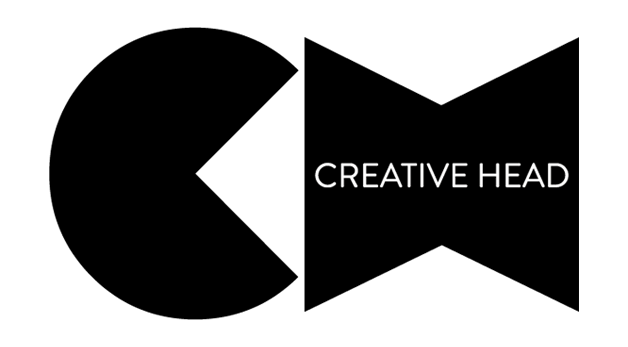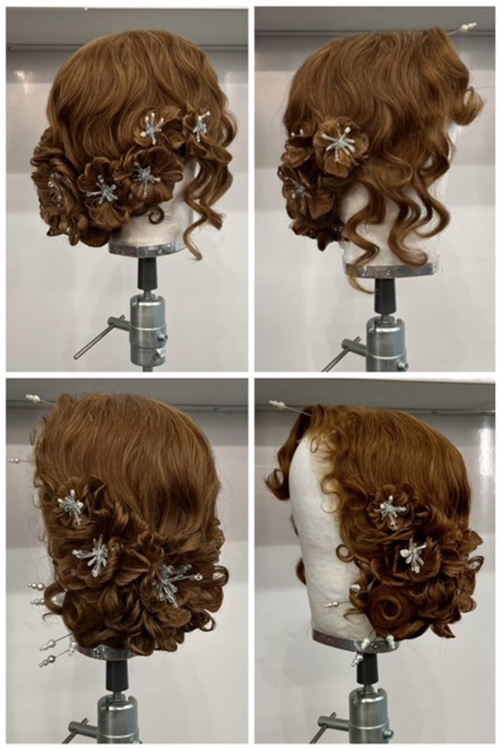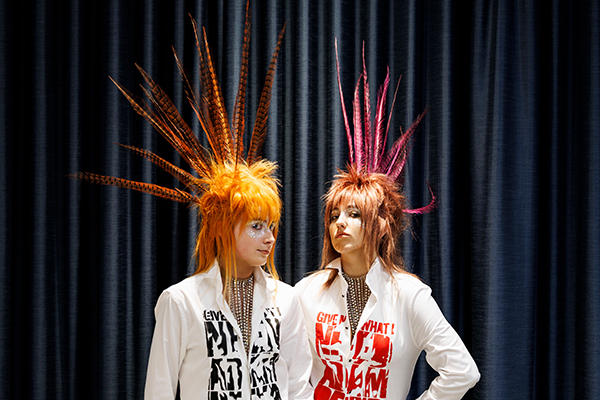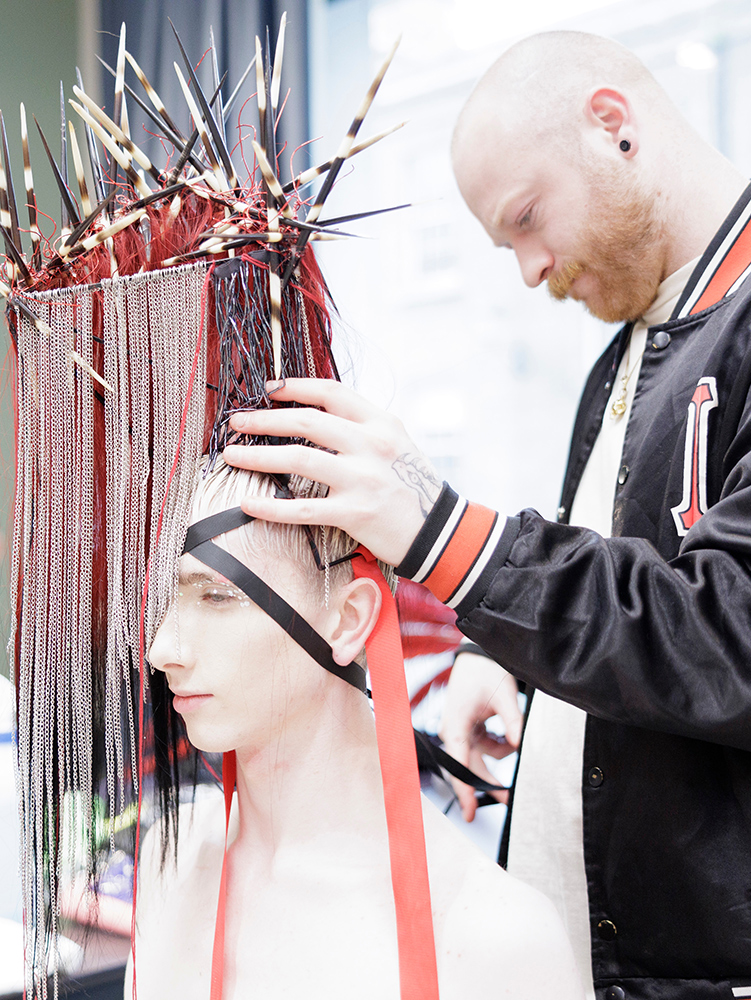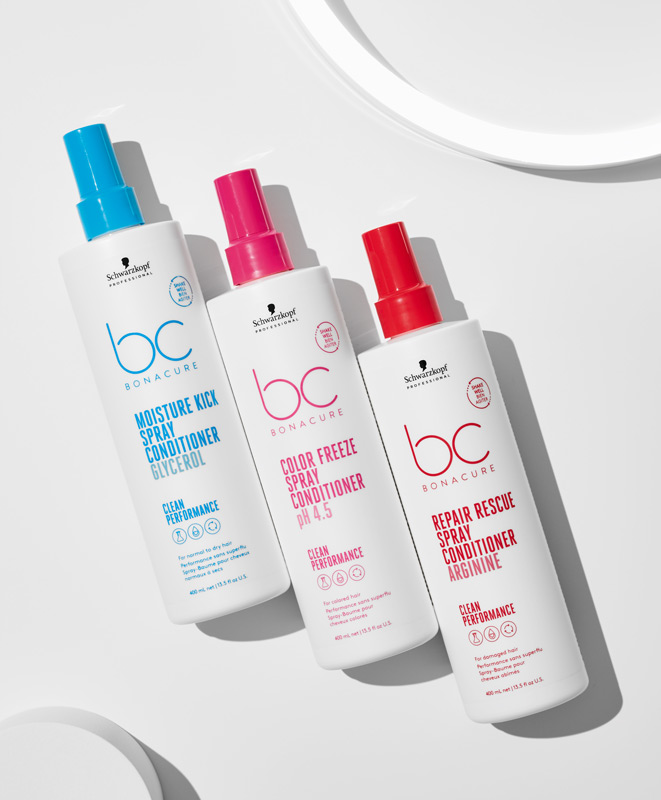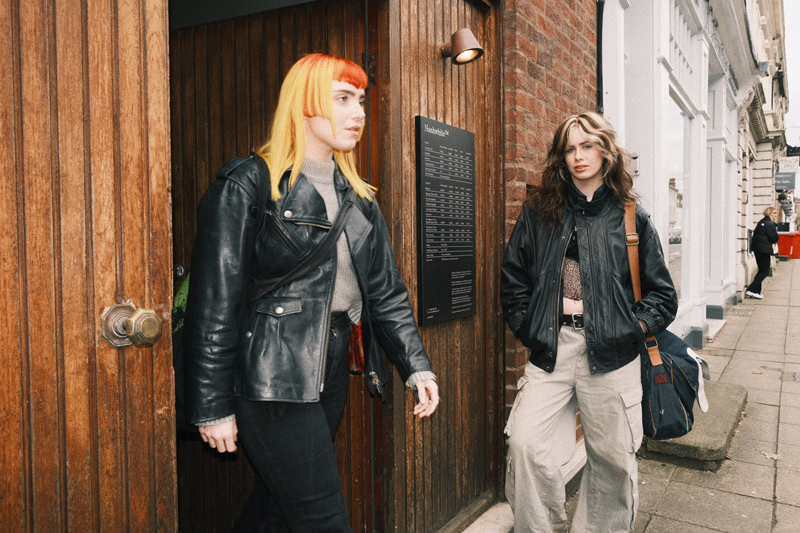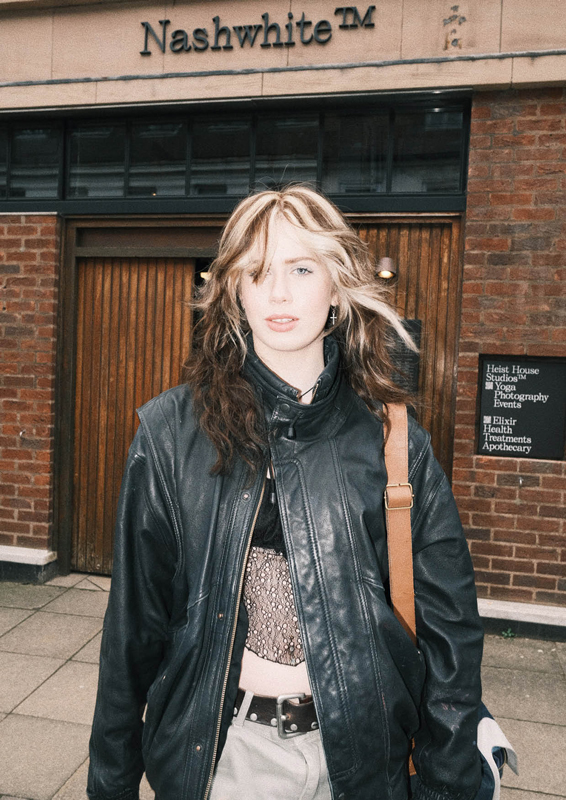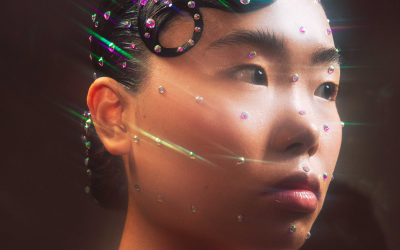Move is a first for the hair and beauty industry in Ireland

Could Stylists Soon Be Wearing A Device Warning Them About RSI?
Could stylists soon be wearing a device warning them about RSI?
L’Oréal Brandstorm competition final reveals winning innovations from around the world.

Team PROtect from France
A watch-style device to tell stylists when to stretch, take a break, and to warn when they might be about to do their body harm has scooped this year’s global L’Oréal Brandstorm final in London.
The L’Oréal Group’s innovation competition for young people, focused on helping kickstart their careers, saw Team PROtect from France impress the judges at the Riverside Studios in London. Its approach to supporting the physical health and wellbeing of hairstylists with wearable tech would see devices on the wrist and back that monitor movements and notify the wearer when they are entering zones of potential harm, promoting them to take a break or stretch to avoid issues such as repetitive strain injuries or back problems.

An intelligent comb that makes precision parting easier, complete with various comb attachments that would work with all hair types and textures while saving stylists’ time, was the runner-up idea from the US.
MyHair App, which connects consumers with personalised product recommendations and salon services that they can buy e-commerce, and includes AI capabilities, grabbed third place for the UKI team and Match Makers.

A watch-style device to tell stylists when to stretch, take a break, and to warn when they might be about to do their body harm has scooped this year’s global L’Oréal Brandstorm final in London.
The L’Oréal Group’s innovation competition for young people, focused on helping kickstart their careers, saw Team PROtect from France impress the judges at the Riverside Studios in London. Its approach to supporting the physical health and wellbeing of hairstylists with wearable tech would see devices on the wrist and back that monitor movements and notify the wearer when they are entering zones of potential harm, promoting them to take a break or stretch to avoid issues such as repetitive strain injuries or back problems.
The winning PROtect Team from France now starts a three-month “entrepreneurship” at L’Oréal’s Paris HQ to refine their idea with support from the company’s experts, with an aim to bring their idea to market to help hairdressers around the world.

Hayley Jepson

Judging panel
It was the first time that Brandstorm had focused on the L’Oréal Professional Products Division, with a challenge to “revolutionise the professional hair industry by leveraging technology to propel both salon businesses and the client experience forward”. It was also the first time the final had been held outside of Paris, with 130 young entrepreneurs from across the world invited to London to compete.
Charlotte Mensah, salon and product brand founder, was among the panel of judges, which also included L’Oréal Professional Products global president, Omar Hajeri. Hayley Jepson, the L’Oréal Professionnel Paris and Head Up ambassador, led a keynote session on the importance of resilience and good mental health practice during those early stages of a career.
Related
National Beauty Unveils Robotic Warehouse
Remi Cachet Debuts Centre Of Excellence
Extensions brand opens new centre in partnership with Westrow Academy
BaBylissPRO Unveils Creative Team In Paris
Artists assemble for the Community Hair Show at Hair Congress
